SEARCH






|
|
|
|


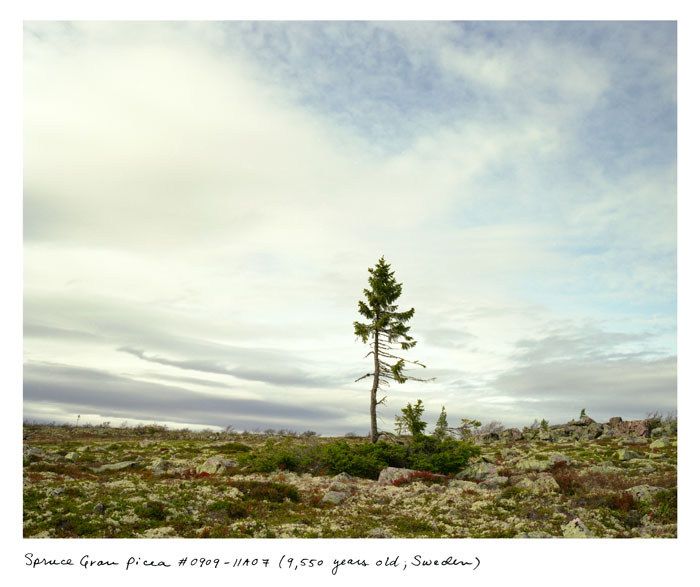
It's the oldest tree in the world. For 9550 years, this tree has stood on this earth. It's called "Old Tjikko" and can be found in the north of Sweden.
Another place you can find it is in Rachel Sussman's photo series "The Oldest Living Things in the World". In this photo series, the New York based photographer shows us photos of living things that have been alive for more than 2000 years. For the last decade, she has traveled all over the world, in search for the world's oldest living organisms.
It all began during a seemingly disappointing trip to Japan, where she had hoped to find inspiration for future projects. She had all but given up, when a friend suggested that she should visit the island of Yakushima. After hiking two days through the forest, she found what her friend had been talking about. The Jomon Sugi, a cypress that is over 2000 years old. When she returned to New York, she realized what an impression the tree had made on her. She asked herself if it was unique in its longevity or if there are other living things as old, or perhaps even older?
This was the start of a very impressive research process. There is actually no field of science that specializes in extremly old life forms, so she had to do everything from scratch. She contacted scientists and experts to track down the oldest living organisms that exists on this earth right now. The search resulted in 30 photographs of as many spieces. Everything from lichens in Greenland to brain coral in the Caribbean. These kind of models may not offer very action packed photography (the Greenland lichens grow one centimeter every 100 years). This influenced how Sussman chose to capture them;
"I try to approach my subjects as if I’m creating portraits, not landscapes. I wanted to create a sense of human connection to these lifespans that are so far beyond our own physical understanding of what it means to be alive."
The result is unique and she has even been invited to do a TED talk on her project. She thinks that the series can also be regarded as a comment on the art of photography itself;
"This vast timescale is held in tension with the shallow time inherent to photography. What does it mean to capture a multi-millennial lifespan in 1/60th of a second? Or for that matter, to be an organism in my 30s bearing witness to organisms that precede human history and will hopefully survive us well into future generations?"
To help create a deeper relationship with the image, she has added a name to each organism, its age and where to find it. The series consists of 30 photos and is now available to see both as a book and as a traveling exhibition. You can find more information here.
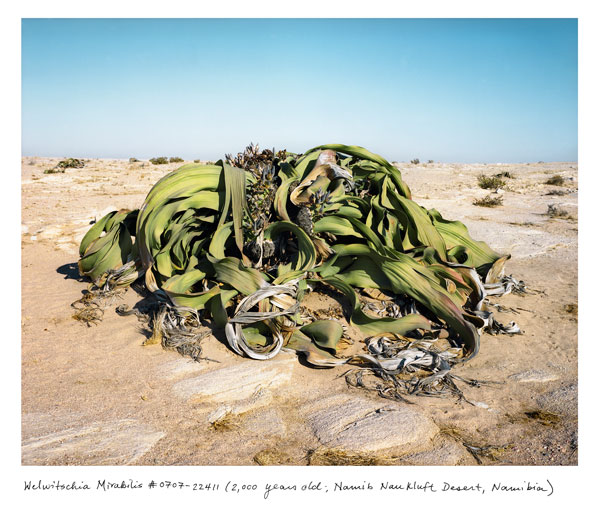
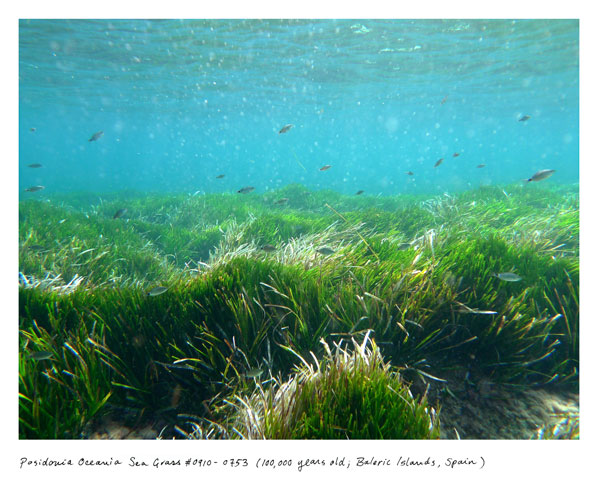
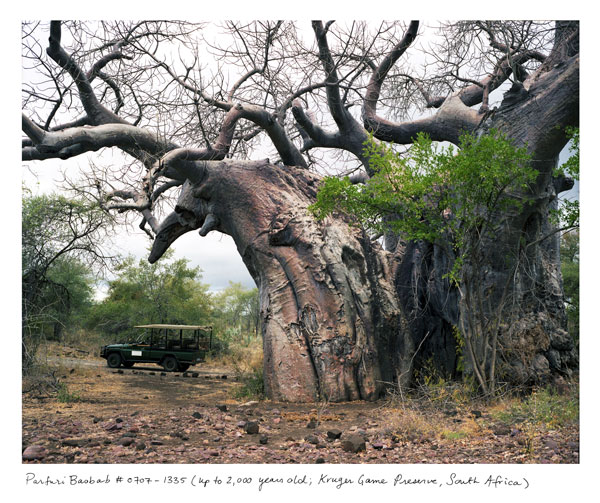
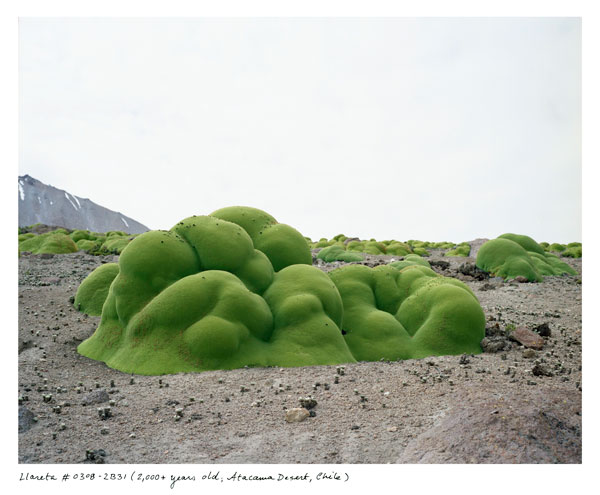
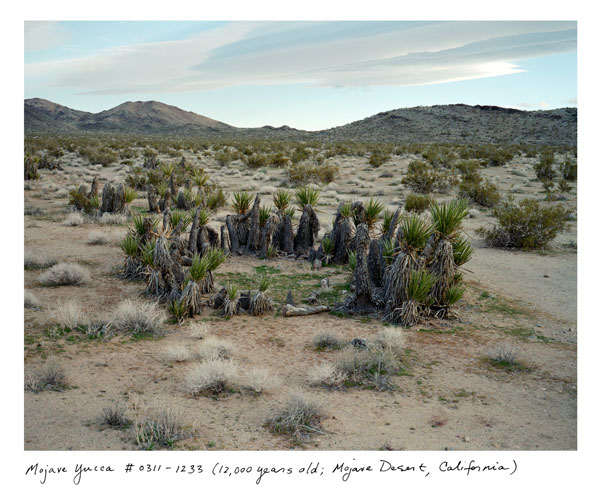
 | Write |
 | Mohammad Soheilinia Plants can be seen in the photos that is pristine and strange,
Memorable trip in the heart of nature!BRAVO! |
 | Thomas Brindt PRO Thanks Mohammad! |